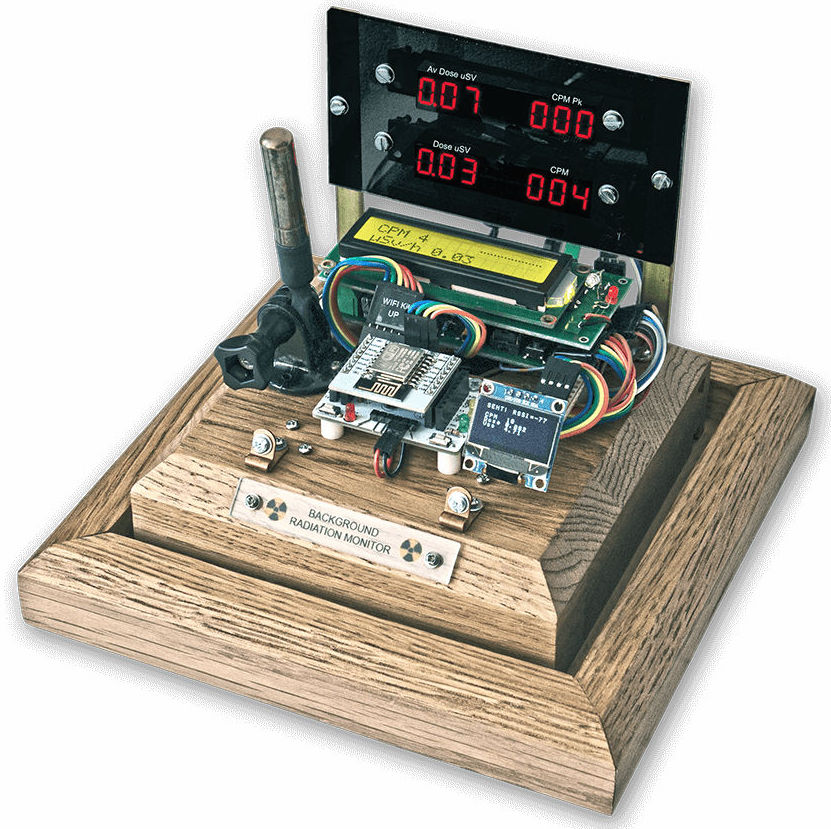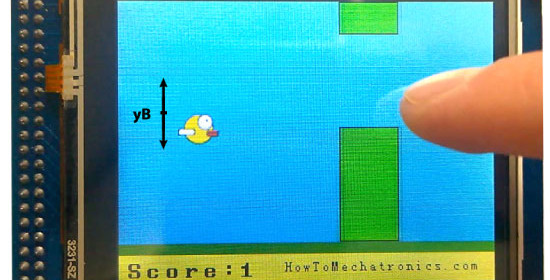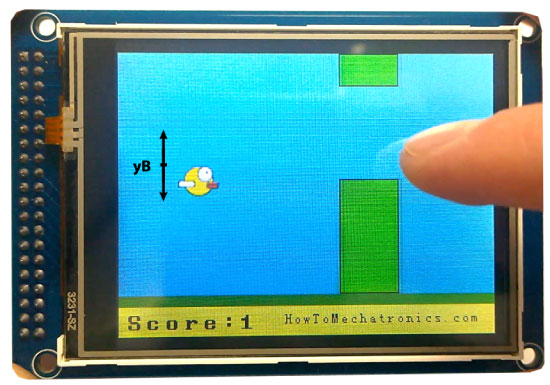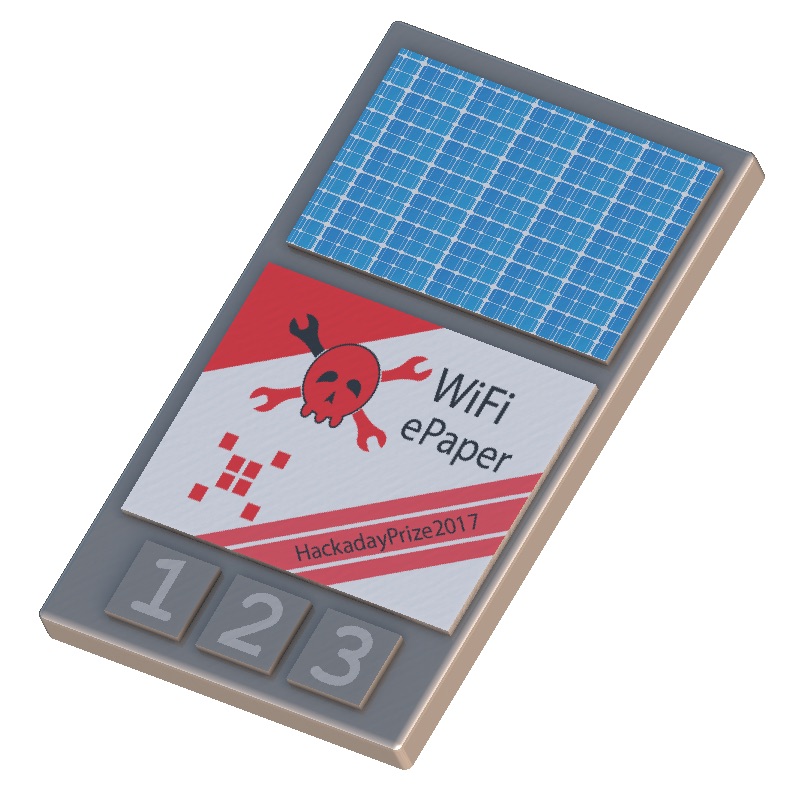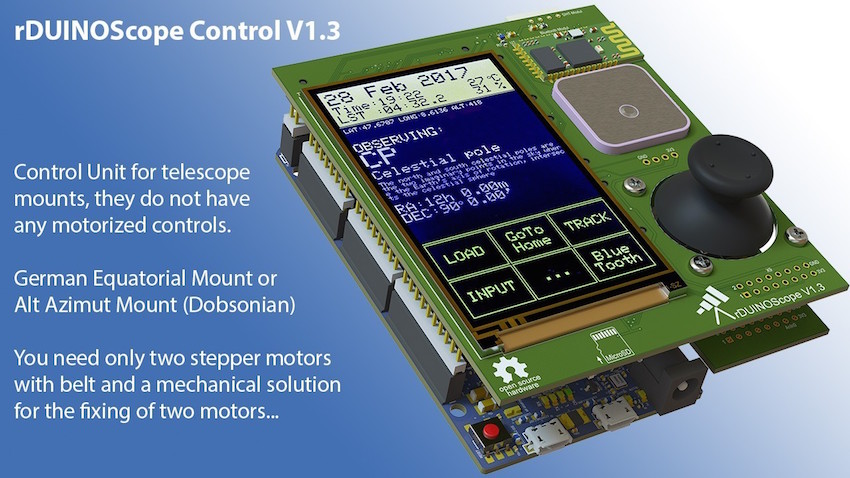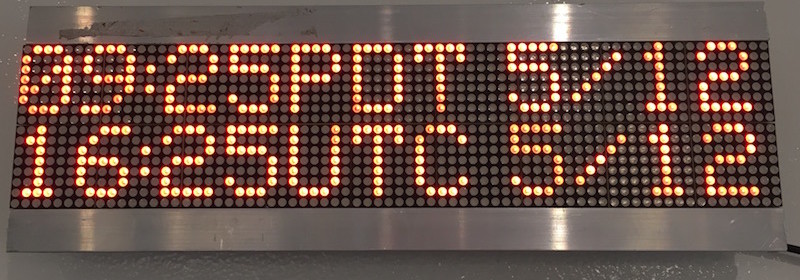IoT enabled background radiation monitoring device
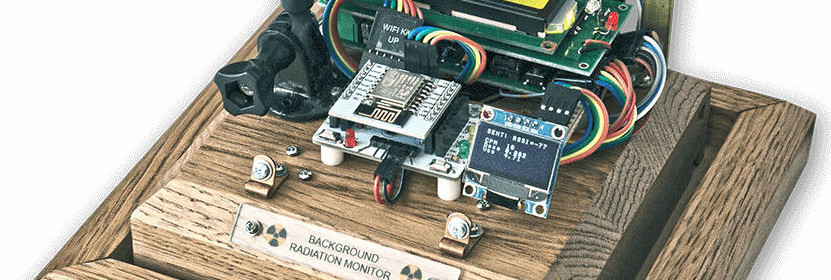
DIY Geiger counter projects are very popular among hobbyists. Geiger counters are used to detect beta particles and gamma rays radioactive emissions.They all use a Geiger-Muller (GM) tube, which is a glass tube filled with an inert gas such as helium, neon, or argon at low pressure, to which a high voltage is applied. The tube becomes conductive of electricity when it is impacted by a high-energy particle or photon. We have seen radiation monitor builds before based on 555 Timer IC and ESP8266. Brett Oliver‘s IoT enabled Radiation Monitor is Arduino-based and WiFi-enabled using ESP8266 and it continuously monitor the surrounding radiation and log the data to Radmon, ThingSpeak and Sparkfun.
Features
- 24/7 logging of background radiation to Radmon, Thingspeak and Sparkfun
- Dual processors Arduino 328 for Geiger Counter and ESP8266 (Arduino core) for WIFI logging
- LCD Display for setup and Radiation monitoring
- IR remote control of setup functions and 7 segment display brightness
- OLED display of logging and WIFI connection
- Dual 8 digit 7 segment displays to show current CPM, Dose, Ave Dose and PK CPM
- PIR activated of 7 segment displays to keep running costs down
- Modular design minimal soldering required
- Secondary LED display of detected radiation
- Local temperature and Humidity logged
- Rain sensor logged to ThingSpeak using an add on rain sensor can be used for alarm sensing instead if required
